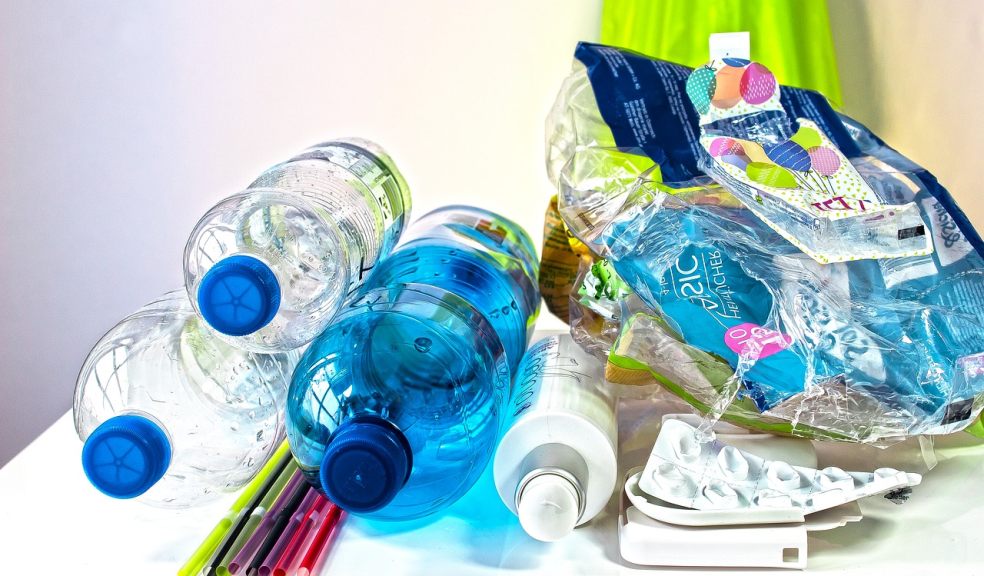
6 innovative ways to get students encouraged to recycle
Have you ever thought about how many items we throw away every day that could easily be recycled and put to use again? Most of us never think twice before dumping our old clothes, papers, plastic items, and food waste in the same trashcan. As a result, what could have been salvaged from those items becomes irredeemable.
In this post, we will specifically focus on how to encourage your school or college students to recycle. Read on.
- Eco-club:
Students might not know each other because of age differences or cultural differences, but as a teacher or a professor, you should take the initiative to bring student with similar interests together. So, why not form an eco-club or a sustainable club where they can gather around to deliberate, ideate on recycling initiatives?
They could hold a fundraising event, organise seminars or host programs. Furthermore, as the secretary of a cleaning drive, set sustainability goals for each student or each class, which will encourage them further to take personal initiatives. An excellent way to popularise an Eco club is by using posters, announcements and speaking at student assemblies.
- Calculate and audit:
You need to measure progress in quantifiable terms. If your students are putting in extra effort, they would prefer to know the impact of their decisions.
Calculate the waste each class generates every week. Compare the data week by week or month by month to check whether students are following the guidelines. Another great way is to calculate the carbon footprint of each member of your eco-club.
Auditing also reveals the loopholes in our plans which in turn helps us alter our strategies, aligning with our goals. The younger generation prefers a data-driven approach. So, if you can make a PPT with proper data charts, it will draw more students.
- Research project:
For their class project, you can ask your students to prepare a report on any environmental issue. It can be global or local. You can also ask students to take references from essays on recycling centered around its benefits to the many ways we can recycle in our daily lives. This will help them to get ideas for research topics and prepare a detailed report. Moreover, you can encourage them to conduct surveys in their localities and include that data in the project.
They can also research how other countries are adapting to the threat of climate change and whether their country can follow in its footsteps. Students of higher grades can calculate the carbon footprint of their institution and present that in a seminar.
- Art projects:
Adding pictures to any campaign or project automatically increases its appeal and grabs more people’s attention. That’s why many institutions are using images as their signage of bins.
Use leftover paints to design those bins. Utilize old soap bottles or hand wash bottles as paint dispensers. In this way, you can reduce the amount of paint spillage. Instead of throwing away tissue boxes and glass bottles, use them as containers for painting accessories and as brush holders, respectively.
Recycled materials like bottle caps and old paper can be turned into DIY art projects and origamis. Showcase the recycled art projects at school exhibitions to cheer your students.
- Reward:
Only monitoring is not enough to keep school children hooked on a new project. Giving the best performer a special reward will encourage others to participate. If you are a teacher in elementary school, reward the best performer with a ‘junior environmentalist’ badge.
If they are a teacher in middle school, a good option is to let the best performer of the week monitor the recycling activities next week.
Different colleges in the US are trying out different ways to bring more students into their recycling initiatives. A proven way is to offer free food/beverage coupons to students who return their dinnerware.
- Recycle bins:
People tend to choose the path of least resistance. Mostly, we opt for the way which is comfortable but may not be the best one. So, if you want your students to recycle, instead of dumping the waste in trash cans, you need to put the bins strategically around the campus.
As per the sustainability principle, three bins are necessary - recycling, composting, and waste bins. However, you can put two separate bins, one for dry waste and another for wet waste, with clear display signs.
If you want to go a step further, add another bin solely for e-waste. Not many places have e-waste bins, so why not start it at your institution and lead the way for others?
Wrapping Up
We hope that our article gave you a clear idea of how to raise awareness on recycling among your students. You must keep in mind that an educational institution is a melting pot of students from different regions and different cultures. So, take time to familiarize the new students with the institution’s recycling initiatives and sustainability goals. This way, they will feel included from the very first day.



















